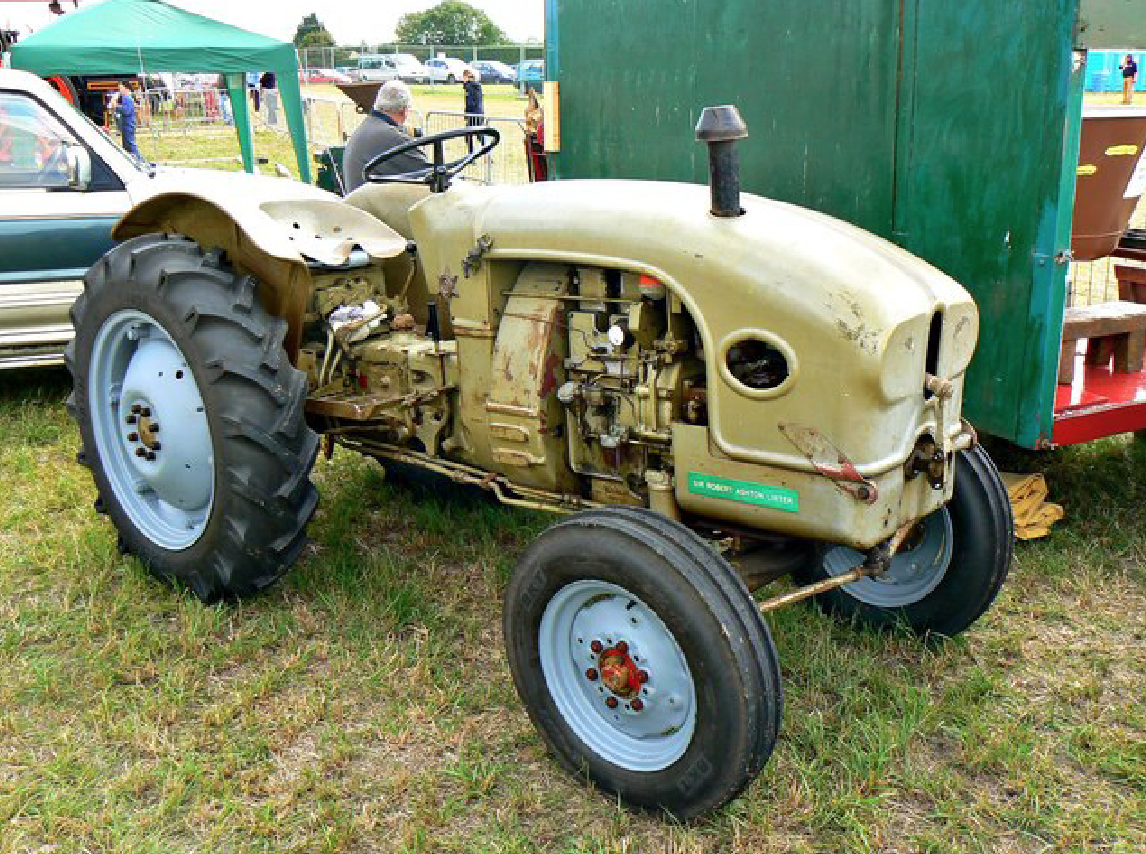Prepare Wellington Concept
6.1 Concept
From ‘business as usual’, to a hole opening up in the street in front of you, from a clear summer’s day to a gradual onset of stormy weather, the stages outlined in §4.3 Crisis phase model are seldom easily separated from one another.
In terms of bringing an attitudinal and potentially behavioural change within the mind of the public towards crisis preparedness and crisis mapping, the research and observations described to this point suggest that the term ‘trans-situational’ is appropriate.
Therefore as a trans-situational crisis map, Prepare Wellington needs to harness the interest of the local community by offering useful information, but in a way that bridges both ‘business as usual’ and an unknowable amount of time that may follow an event.
Might the provision of this experience also supply a populace, who suffer from what might be described as ‘disaster fatigue’, reasons to feel differently about their neighbourhood and the nature of their own preparedness?
And as we are accustomed to having access to everything else via the smartphones carried in our pockets near permanently, might there also be an opportunity to make that experience encourage crisis preparedness to become part of our everyday lives by including a friendly agent on that platform?
6.1.2 Prepare Wellington’s values
Within this concept of trans-situational crisis mapping, Prepare Wellington should provide participatory experiences that may promote behaviours that reach across the five crisis phases, encouraging contributions and volunteerism within preparedness across:
- Time — the platform should be constantly available, but never expectant. Relevant over long and evolving situations; during pre- and post-crisis. Or perhaps never actually being used in an crisis
- Location — provide information appropriate to the situation
- Event — not just the original use of crisis mapping or the identification of the minor events that make up a larger crisis, but also the creation of localised events in ‘peacetime’
- Personal — a place for people to document their emergency plans on their own terms, and ways to connect to other people.
Through this, an individual, household or self defined community has just the right amount of information and access to local resources, at the right time and at the right moment.
Wellington is a geologically-dynamic place. Frequent ‘shakes’ become prompts to get online (for instance, to check Geonet alerts and log ‘felt it’ reports). These geological nudges could become a great reminder and catalyst for people to manage their preparedness if they are integrated into the functionality of Prepare Wellington.
